


Júlio Pomar was born in Lisbon in 1926. He studied at the Decorative Arts School António Arroio and went to the Lisbon and Oporto Fine Arts Schools without having attended to painting classes. In 1942, he participated in his first group exhibition in Lisbon, and made his first solo exhibition in 1947 in Porto. At the beginning of his career he was one of the leaders of the neo-realist movement and his opposition to the Salazar regime led him to a four month stay in prison, the arrest of one of his paintings by the Read more... political police and the hiding of freshs of more than 100m2 in the Batalha Cinema in Porto. He settled in Paris in 1963, where he successively exhibited in Lacloche, Bellechasse, Georges Lavrov Piltzer and Patrice Trigano Galleries. In 1980 he began to have also residence and atelier in Lisbon, exhibiting in Gallery 111 since 1969. He dedicated himself mainly to painting, but his work over seven decades, also includes drawings, sculptures and “assemblage”, illustration, tapestry and scenic painting. In the 50’s he became interested in ceramics and in particular in printing, having been one of the dynamizers of modern engraving in Portugal and founder of the Portuguese Engravers Cooperative. In 1957, he was awarded, in the 1st Exhibition of Modern Art Gulbenkian, with the Prize of Engraving and in 1961 the 1st Prize for Painting, in its second edition. He also performed great works of wall decoration in tiles, from which stand out the Alto dos Moinhos Station of the Lisbon Metropolitan, (1983-84), as well as the tile panels for Gran’Circo Home (Brasilia, 1987), resettled in 2009 in the Plaza of the Portuguese Language, in an outer wall of the National Library, designed by Niemeyer. He participated in the Biennial of São Paulo in 1953 and also in the editions of 1975 and 1985. The Gulbenkian Foundation organized in 1978 the first retrospective of his work, which was exhibited in Lisbon, Oporto and Brussels. In 1986, a new retrospective exhibition was presented by the Gulbenkian Foundation in museums of São Paulo, Rio de Janeiro and Brasilia and also in Lisbon, at the Modern Art Centre. Other anthological shows of thematic scope took place in 1990, with works of Brazilian theme in Rio de Janeiro, São Paulo and Lisbon; in 1991, with paintings and drawings on literary themes and writers portraits ( “Pomar et la Littérature”), in Charleroi, Belgium; in 1997, with works on the theme of Don Quixote, in Cascais, and paintings about the Indians from Brazil, in Biarritz, France. In 2004, the Sintra Museum of Modern Art - Berardo Collection presented an extensive retrospective of his work under the title “Autobiography”, curated by Marcelin Pleynet, and CCB exhibited an anthology of recent works organized by Hellmut Wohl called ‘Human Comedy’ . In 2008, the Contemporary Art Museum of Serralves, in Oporto, exhibited an anthology of paintings with collages from the years 70/80 and “assemblages”in the show “Cadeia da Relação”. He published the essays books “Catch Thème et Variation”, “Discours sur la cécité du Peintre”, “- Et la Peinture? (Editions de la Différence, Paris, 1984, 1985 and 2000), the last two translated by Pedro Tamen with the titles “The Blinding of the Painters” (National Press, 1986) and “What about the Painting?” (Don Quixote, 2003 ). And two poetry collections: “Some Events” and “TRATAdoDITOeFEITO” (Don Quixote, 1992 and 2003). The Lisbon City Hall opened in April 2013 the Atelier Museum Júlio Pomar dedicated to his work in a building that has been rehabilitated with architectural project by Álvaro Siza. In co-edition with Documenta, the Atelier Museum brought together in three volumes the critical texts and essays published by the artist since 1942. In 2015 the Kaleidoscope publisher gathered in a book the “Graphic Work” by Júlio Pomar (prints and serigraphs, with 116 and 177 works, respectively).
Skills: serigraphy lithography aquatint linoil aquafort woodcut mixed print
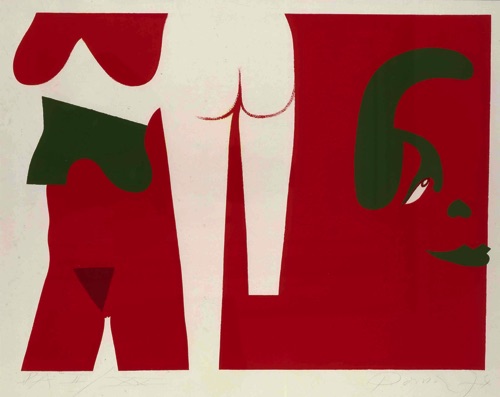
D’UN POINT A L’AUTRE
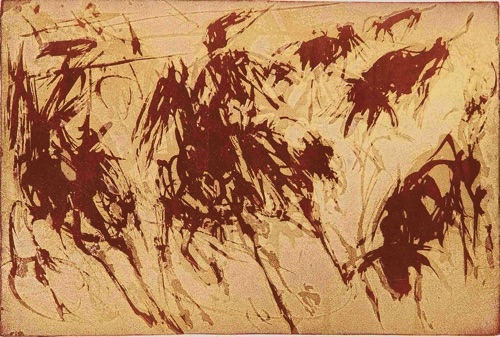
ENTRADA DE TOUROS EM VILA FRANCA DE XIRA I
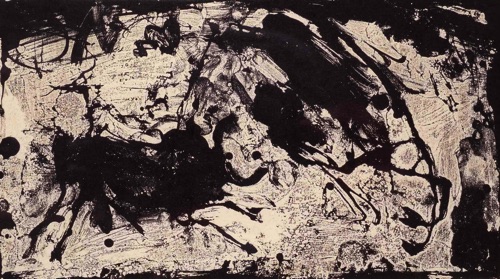
CAVALEIRO E TOURO
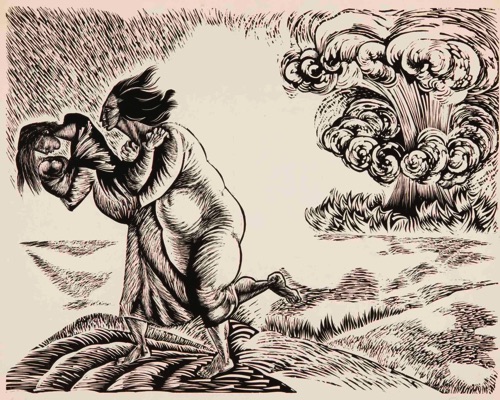
MULHERES FUGINDO
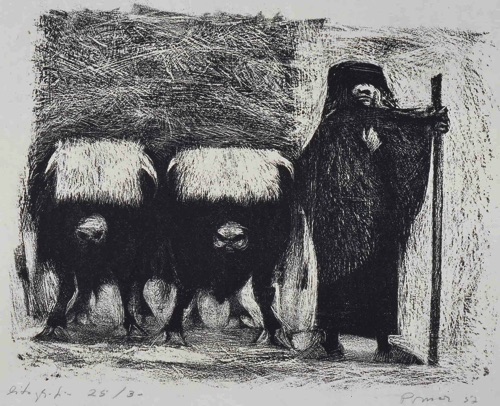
BOIEIRA (Astúrias)

OS PASTORES (Astúrias)
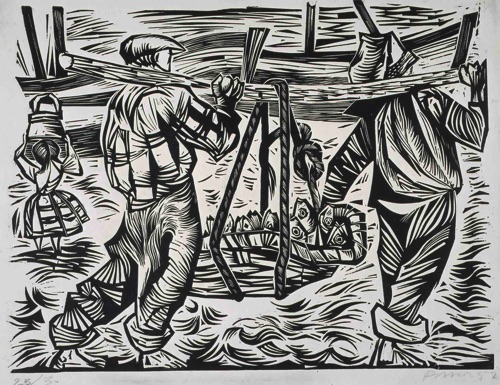
CENA NA PRAIA (NAZARÉ)

D. QUIXOTE III

D. QUIXOTE E O MOINHO
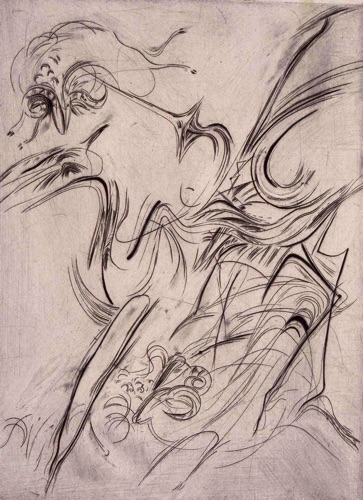
D. QUIXOTE E OS CARNEIROS
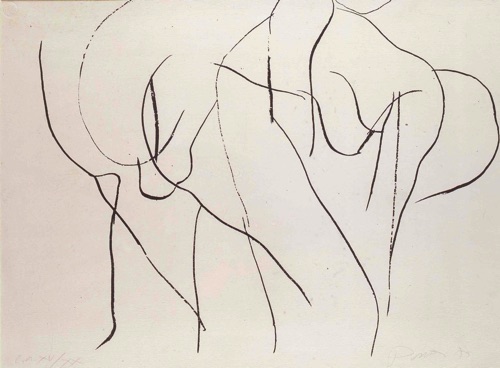
ABRAÇO (Corpo Verde)

CARLOS DO CARMO II